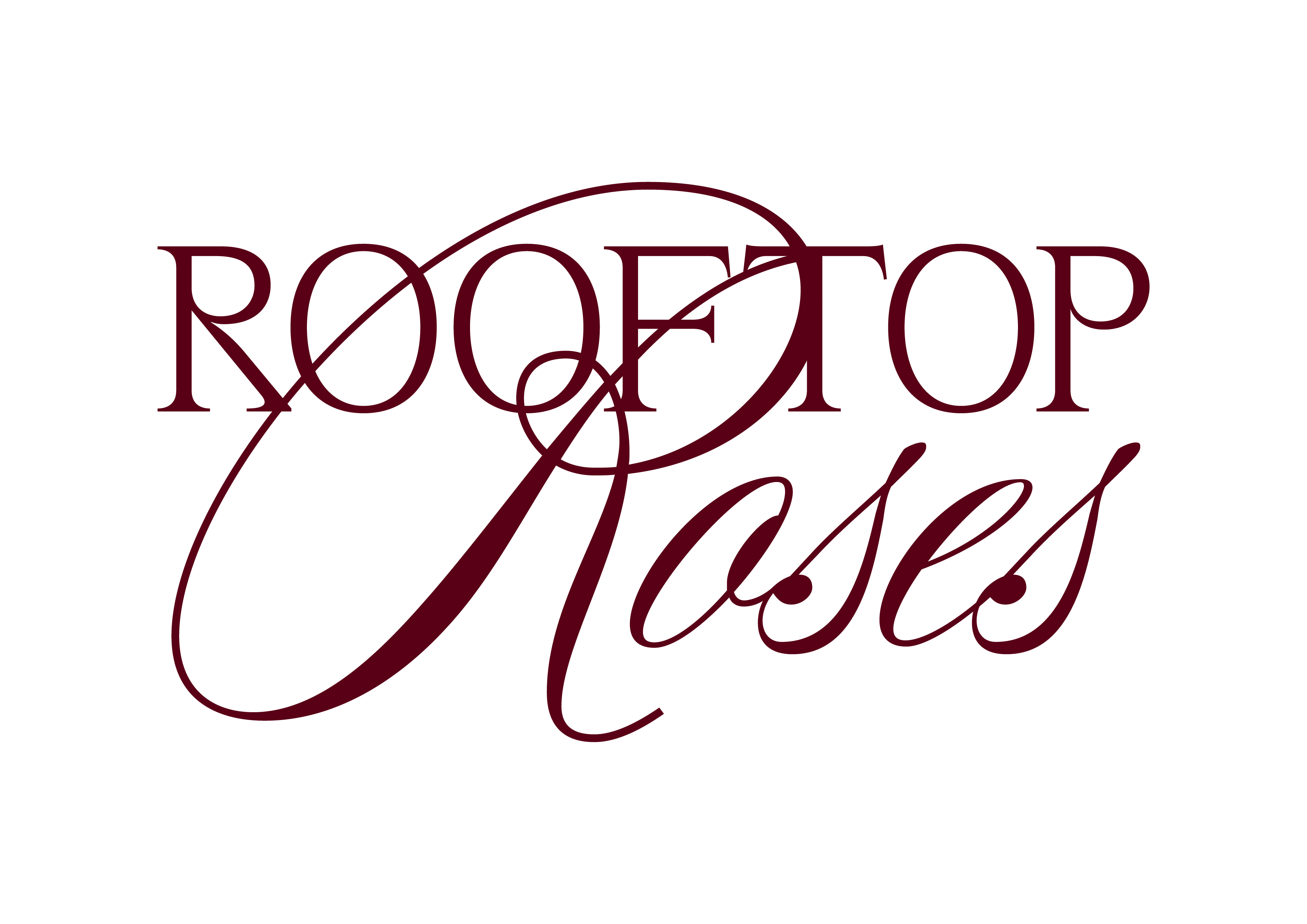
I have long been inspired by Australian beauty brand Jurlique – specifically, their biodynamic farm nestled in the Adelaide Hills. Founded in the 1980s, at a time when “high tech” skincare was an emerging trend, Jurlique chose a different path. Instead of synthetic formulas, they championed natural skincare, powered by plants grown using biodynamic farming practices, an approach focused on organic methods, lunar cycles, and ecological harmony.

It was late afternoon when I arrived at the farm. Fay, the knowledgeable and passionate farm manager, greeted me warmly and we began a private tour that offered a rare, behind-the-scenes look in to biodynamic farming.
We walked slowly through meticulously-kept gardens, rows of lavender, yarrow, chamomile, marshmallow. Fay was a generous host. Our walk was unhurried and she allowed me to ask a lot of questions and to touch and smell everything. In total, the farm grows over 40 varieties of botanicals, each selected for its beauty benefits and lovingly nurtured from seed to skin.


Fay explained how seedlings are propagated onsite, how soil fertility is managed through natural composting methods, and how each plant is hand-harvested at its peak to preserve its potency. These aren’t just ingredients, they are living, breathing parts of a larger ecosystem.
The contrast between the farm and its surroundings was striking. The Adelaide Hills have been under the strain of a prolonged drought. Surrounding the farm is a landscape of parched soil, dust clouds, and skeletal trees. The farm felt like an oasis, the garden beds flourishing and the air smelling of sweet herbs.


I was particularly excited to visit the part of the farm dedicated to roses – Jurlique’s signature bloom. Though it wasn’t rose season, Fay showed me the Ulrike Klein rose, a plum-coloured beauty named after the brand’s founder, as well as the rare Jurlique rose, a hybrid that was years in the making, bred from three different varieties to create something entirely unique.
At the end of the tour, we visited the warehouse, where we were welcomed by the sight of huge petal-drying trays. Each year, Jurlique hand-picks and dries around 700 kilograms of rose petals to use in their various products. The trays were filled with an array of herbs and rose petals in every colour imaginable. It was a fragrant and visually stunning testament to their dedication to natural skincare.

In an industry focused on speed, scale, and surface results, Jurlique has instead taken the long, slow road. It is my hope that with Rooftop Roses we can do the same. That we can produce a rose that reflects our deep reverence for nature, that provides young women with work they desperately need.
However, since returning from Adelaide, we’ve hit a roadblock. We thought we had found the right place, enough land to begin, a partner who understood our vision. It felt like a breakthrough. But after further research, it looks like it may not be feasible. We’ve been looking for over a year now, and this was the closest we’ve come to a site that might actually work.
J x



